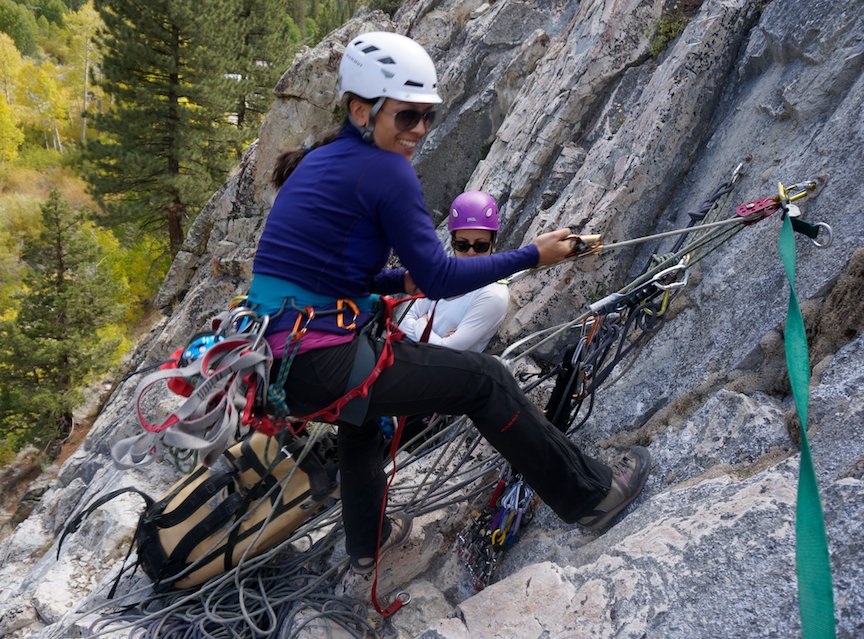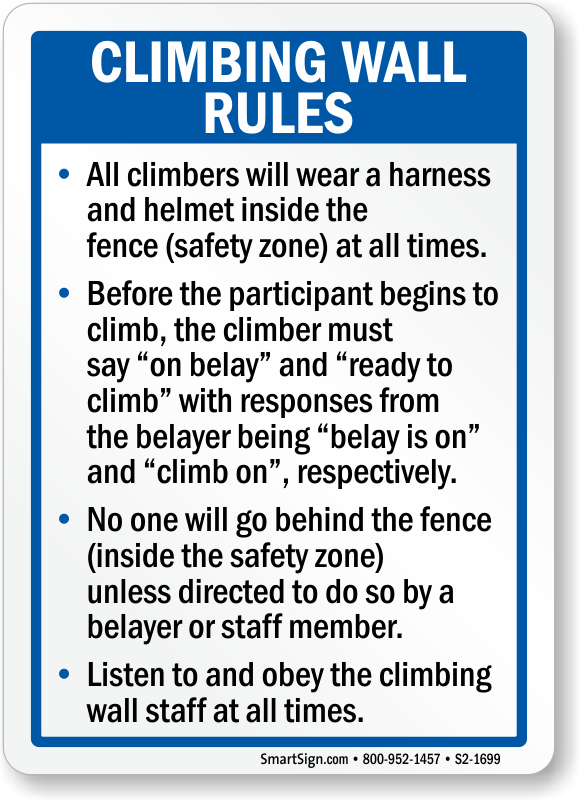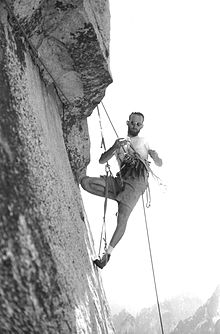Aid Climbing Training: A Guide for Beginners
Are you interested in learning the art of aid climbing? Aid climbing is a technique used to climb steep or overhanging rock faces where traditional climbing techniques are not sufficient. It requires specialized equipment, techniques, and training to safely ascend these challenging routes. In this article, we’ll provide a comprehensive guide on aid climbing training for beginners.
Understanding Aid Climbing
Before we dive into aid climbing training, it’s important to understand what it is and the gear required.
What is Aid Climbing?
Aid climbing involves the use of specialized gear such as aiders, ascenders, and pulleys to climb steep or overhanging rock faces. Unlike traditional climbing where the climber relies on their physical strength and skill to ascend the rock, aid climbing involves placing protection (such as cams or nuts) into the rock face and using that protection as support to climb.
Gear Required for Aid Climbing
To start aid climbing, you will need specialized gear including aiders, ascenders, pulleys, and specialized climbing ropes. Aiders are ladders made from webbing that you step into to climb up the rope. Ascenders are mechanical devices that grip the rope and allow you to move up the rope with ease. Pulleys are used to create mechanical advantage, making it easier to haul gear up the wall. Additionally, specialized climbing ropes such as static and dynamic ropes are required for aid climbing.
Basic Aid Climbing Techniques
Once you have the necessary gear, you’ll need to learn the basic techniques of aid climbing.
Cleaning Gear
Cleaning gear refers to removing the protection you’ve placed in the rock face as you climb. To do this, you will need to clip your ascenders to the rope and detach the protection from the rock. It’s important to follow proper techniques when cleaning gear to prevent accidents.
Placing Protection
Placing protection is a critical aspect of aid climbing. You will need to learn how to place and secure cams, nuts, and other protection devices into the rock face. Proper placement is key to ensuring your safety while climbing.
Hauling Gear
As you climb, you’ll need to haul gear up the wall. This can be done using specialized pulleys and mechanical advantage systems. It’s important to learn the proper hauling techniques to ensure you can safely and efficiently transport gear up the wall.
Aid Climbing Training
Now that you understand the basics of aid climbing, it’s time to start your training.
Building Strength and Endurance
Aid climbing can be physically demanding, requiring significant upper body strength and endurance. To build the necessary strength and endurance, you should incorporate regular workouts focused on your upper body and core.
Practice Placing Protection
As mentioned earlier, placing protection is a critical aspect of aid climbing. To improve your skills, you should practice placing protection on a variety of surfaces and angles. It’s important to understand the different types of protection and how they are used in different situations.
Learn Hauling Techniques
Hauling gear up the wall can be challenging, especially if you are carrying heavy loads. To learn the proper hauling techniques, consider taking a class or practicing with an experienced aid climber.
Climb with an Experienced Partner
Climbing with an experienced partner is one of the best ways to improve your aid climbing skills. Your partner can provide guidance and feedback on your technique, as well as help you develop your overall climbing strategy.
Safety Considerations
Safety should always be your top priority when aid climbing. Here are some safety considerations to keep in mind:
Use Proper Gear
Using the proper gear is critical to ensuring your safety while aid climbing. Before starting, make sure you have all the necessary gear and that it.
Check Your Gear
Before starting a climb, it’s important to inspect your gear to ensure it’s in good condition and functioning properly. Any damaged gear should be replaced before beginning your climb.
Double Check Your Placements
As you place protection, double-check to make sure it’s secure before relying on it for support. Proper placement is key to ensuring your safety while climbing.
Know Your Limits
Aid climbing can be physically and mentally demanding. Know your limits and don’t push yourself beyond what you’re comfortable with. If you’re feeling tired or unsure, take a break or call it a day.
Use a Backup System
In case of gear failure or unexpected events, it’s important to have a backup system in place. This can include a second rope, a second set of protection, or other specialized equipment.
Conclusion
Aid climbing is a challenging and rewarding activity that requires specialized training and equipment. By following proper techniques and safety considerations, you can learn to climb steep and overhanging rock faces with confidence. Remember to always prioritize safety and enjoy the climb.
FAQs
- Is aid climbing dangerous?
A: Like any climbing activity, there are inherent risks involved with aid climbing. However, with proper training, equipment, and safety considerations, you can mitigate those risks and climb safely.
- Do I need to be an experienced climber to start aid climbing?
A: It’s recommended that you have some experience with traditional climbing before starting aid climbing. However, with the right training and guidance, beginners can start aid climbing.
- How long does it take to become proficient at aid climbing?
A: The time it takes to become proficient at aid climbing will vary depending on your experience, training, and natural abilities. However, with regular practice and dedication, most climbers can become proficient within a few months to a year.
- Can I go aid climbing alone?
A: It’s not recommended to go aid climbing alone. Climbing with a partner or experienced guide is the safest way to learn and practice aid climbing.
- What’s the difference between aid climbing and free climbing?
A: Free climbing involves using only your hands and feet to ascend the rock face, while aid climbing involves using specialized equipment to support your weight and climb the wall.


